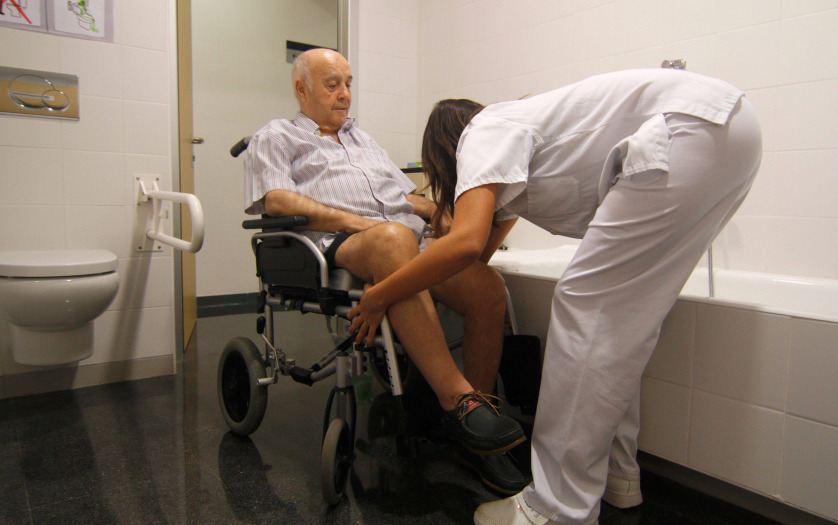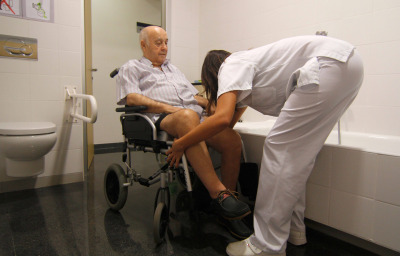
The launch of the New South Wales (NSW) Telestroke Service in Coffs Harbour and Port Macquarie hospitals, saying it will revolutionise emergency stroke treatment in the state.
The Service builds on a pilot utilising telehealth technology to deliver time-critical 24/7 access to specialist clinical advice for the management and early treatment of stroke patients at regional and rural hospitals.
Coffs Harbour Base Hospital and Port Macquarie Base Hospital were central to the successful pilot, making them the ideal locations for the launch of the state-wide service. Over the next three years, up to 23 rural and regional hospitals will be added to the service.
“Telehealth was being relied on more than ever in this time of coronavirus (COVID-19) and the NSW Telestroke service demonstrated the technologies value extends well beyond the current pandemic. Stroke Foundation is proud to partner with NSW Health in supporting the service’s roll out.” said Stroke Foundation Chief Executive Officer Sharon McGowan.
“NSW is home to Australia’s stroke hot spots, with those in regional areas at highest risk,’’ Ms McGowan said.
“When a stroke strikes, it kills up to 1.9 million brain cells per minute, but FAST treatment can stop this damage.”
Regional Australians are 19 percent more likely to experience stroke than people in our cities. Regional Australians are also more likely to die or be left with a serious disability as a result of stroke because of limited access to best-practice treatment and care — most stroke specialists are located in metropolitan areas.
The telehealth service and treatment pathway will remove this geographical barrier.
The NSW Telestroke Service, coordinated by the Prince of Wales Hospital in Sydney, will speed up diagnosis and support regional clinicians in deciding the best care for the patient which may include blood clot dissolving treatment or transfer for more specialist stroke care.








